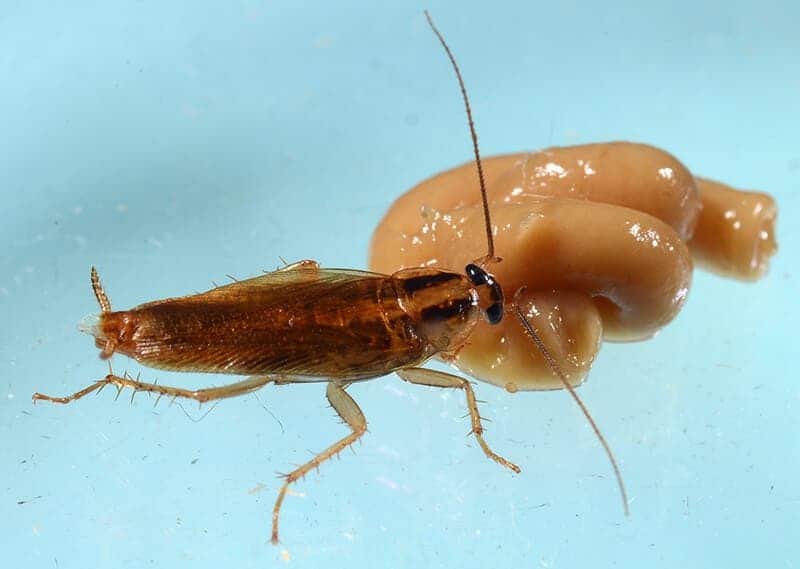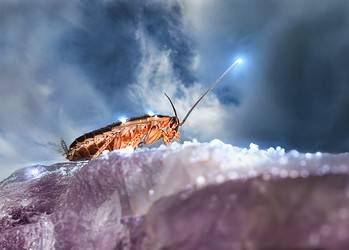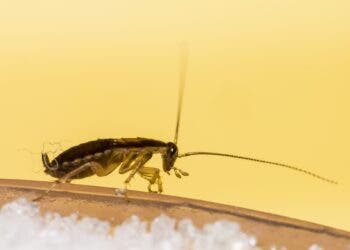Scientists have found that German cockroaches (Blattella germanica) are developing cross-resistance to different classes of insecticides. In other words, with each generation that survives the chemical onslaught, the roaches are becoming immume to the toxins that would have killed their ancestors. Soon enough, roaches may become nearly impossible to kill through chemical means.

It’s not just that the cockroaches are developing immunity to insecticide — what was shocking to witness was the rate at which cockroaches started developing this immunity. Sometimes, it was within a single generation.
“We didn’t have a clue that something like that could happen this fast,” said study co-author Michael Scharf, a professor and chair with the Department of Entomology at Purdue University in Indiana.
For their study, the researchers at Purdue tested the effectiveness of three different classes of insecticides sprayed onto roaches, which were let loose in apartment buildings in Danville, Illinois, and Indianapolis, Indiana, over a six-month period.
One group of roaches was sprayed with a single insecticide, a second population was exposed to two insecticide classes, and a third group was exposed to three insecticides in rotation (one per month for two-month cycles).
In order to track insecticide resistance across multiple generations, the researchers trapped live roaches in baby food jars and took them back to the lab.
The findings were concerning, with most roach populations either remaining stable or actually increasing. Surprisingly, the rotating pesticide trial was the most ineffective because it caused the most cross-resistance.
What happened was cockroach offspring would not only become resistant to a pesticide that their parents had encountered but also other classes of insecticides which hadn’t been encountered by previous generations.
The only successful experiment was the one that used a single pesticide. However, this occurred in a population of roaches that had almost no resistance to the toxin. In a subsequent experiment that introduced the pesticide to a population that had slightly higher resistance, the number of roaches actually increased — this time with a new generation of resistant survivors.
“If you have the ability to test the roaches first and pick an insecticide that has low resistance, that ups the odds,” Scharf said. “But even then, we had trouble controlling populations.”
The German cockroach is a remarkable survivor, beingly notoriously difficult to control. The problem lies in the fact that even a couple of individuals survive, they are quickly able to replenish the population and even return in stronger numbers. A single female can deliver up to 60 nymphs per birth and are even able to reproduce without males — what scientists term parthenogenetic reproduction or virgin births. Previously, a study found that it is equipped with large gene families responsible for the metabolization of toxic substances, including some chemicals found in insecticides.
The new findings reported in the journal Scientific Reports suggest insecticides will become increasingly ineffective at controlling roach populations. Instead, we’ll have to use a combination of alternative approaches, ranging from traps to improved sanitation.
“Some of these methods are more expensive than using only insecticides, but if those insecticides aren’t going to control or eliminate a population, you’re just throwing money away,” Scharf said. “Combining several methods will be the most effective way to eliminate cockroaches.”






